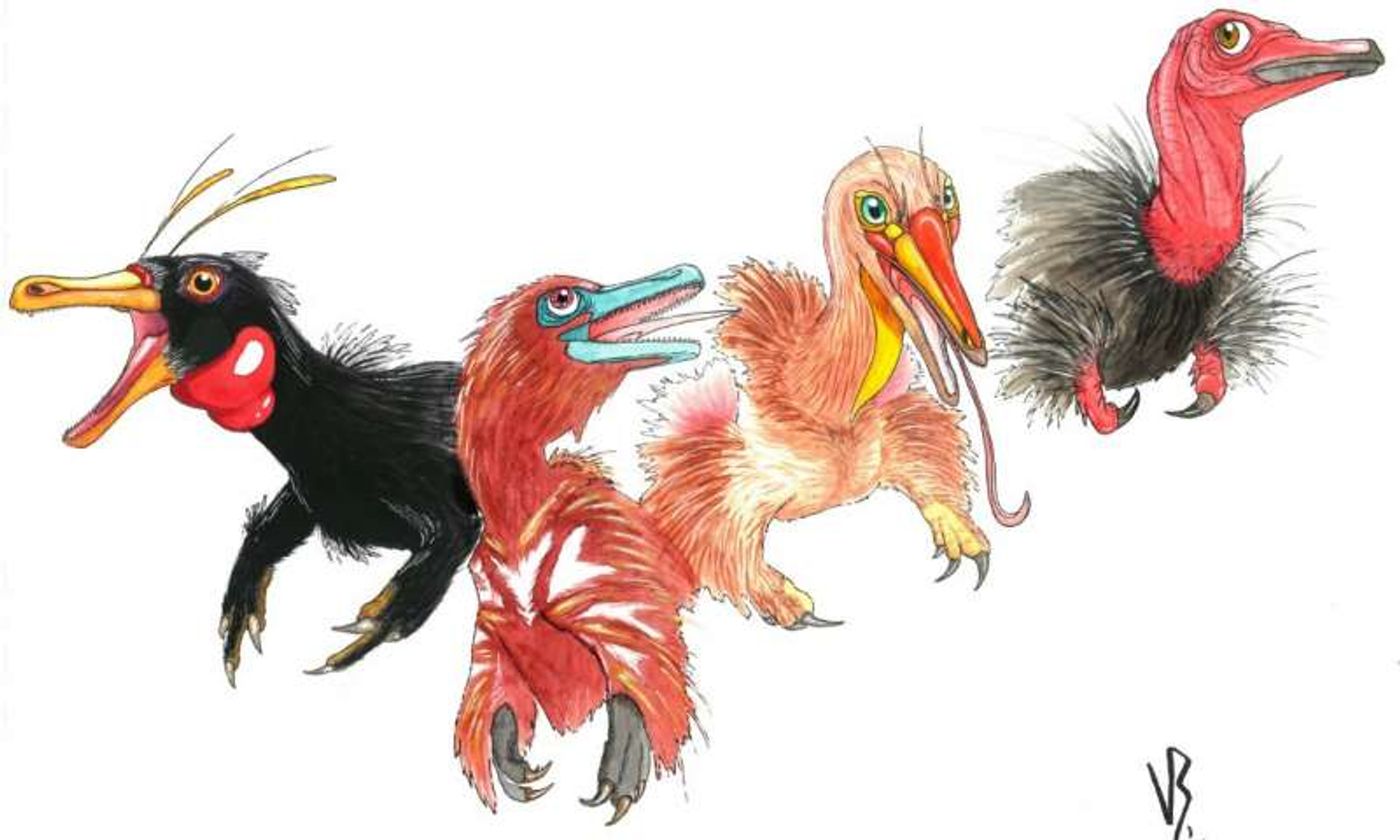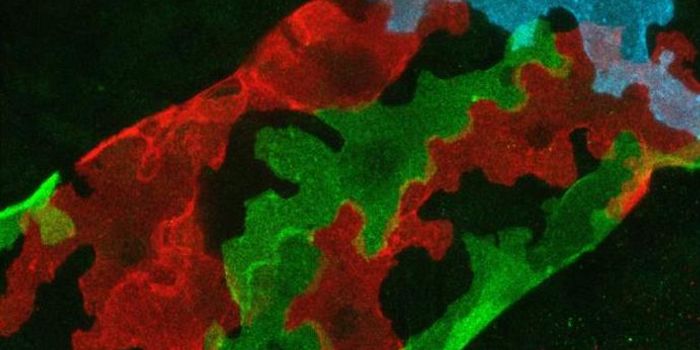Two Newly-Discovered Dinosaurs May Explain a 70 Million-Year Evolutionary Gap
Dinosaur evolution is a hot topic in the scientific community because it can help us understand how and why modern animals came to be. Unfortunately, it’s been a long time since dinosaurs last walked the Earth, and it’s not particularly common that we stumble upon their remnants.
Given the rarity of dinosaur remnants, the timeline depicting the evolution of life before people remains particularly fragmented. Gaps exist all throughout this metaphorical timeline, but novel discoveries occasionally fill them and help scientists make sense of it all.
Image Credit: Viktor Radermacher
An example of such a gap exists between 160 million and 90 million years ago. Our understanding of evolution during this timeframe is somewhat cloudy given the chintzy records available today, but that could all change soon enough.
A study published this week in the journal Current Biology describes two newly-discovered dinosaur species, Xiyunykus and Bannykus, that supposedly existed throughout this period.
"The significance of Xiyunykus and Bannykus is that they fall within that gap and shed light on patterns of evolution within Alvarezsauroidea," explained paleontologist Corwin Sullivan, a co-author of the study from the University of Alberta.
"These specimens greatly improve the scientific community's understanding of the early stages of alvarezsauroid evolution and give us a better idea of what early alvarezsauroids were like."
Related: This overlooked dinosaur fossil turned out to be an entirely new species
Both species mentioned earlier were theropods, and scientists define these kinds of dinosaurs as bipedal and mostly carnivorous. But at some point, theropods evolved; they later forked off into two different groups: birds and alvarezsauroids.
It’s this very fork that scientists have struggled to understand for decades. Countless theories have attempted to explain this fork, but scientists refuse to rest until there’s physical evidence to support their claims.
The Xiyunykus and Bannykus fossils are reportedly incomplete, but given the circumstances, a more in-depth analysis of the remains may provide vital information about dinosaur evolution from a time we know so little about.
"There's still a lot to learn about the early evolution of alvarezsauroids," Sullivan added.
"Xiyunykus and Bannykus are currently represented by one incomplete specimen apiece. Those specimens provide a good deal of intriguing information, but we'll need many more fossils before we can be confident that we have a clear understanding of how alvarezsauroids, to put it bluntly, got so weird."
Related: Mongolian fossil sheds light on an entirely new dinosaur genus and species
It should be interesting to see if the fossils reveal new details about dinosaur evolution and whether paleontologists will be able to uncover any additional specimens in the future. The latter would certainly help the cause, as one fossil alone (incomplete nevertheless) leaves notable wiggle room for error when contemplating new theories.
Source: Phys.org, Current Biology









